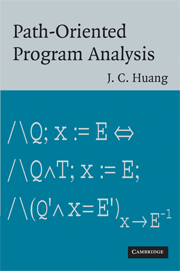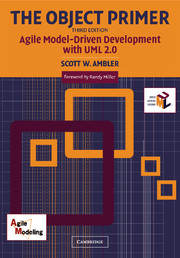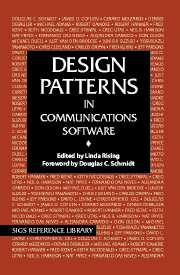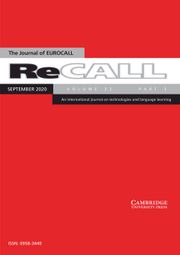Path-Oriented Program Analysis
This book presents a unique method for decomposing a computer program along its execution paths, for simplifying the subprograms so produced, and for recomposing a program from its subprograms. This method enables us to divide and conquer the complexity involved in understanding the computation performed by a program by decomposing it into a set of subprograms and then simplifying them to the furthest extent possible. The resulting simplified subprograms are generally more understandable than the original program as a whole. The method may also be used to simplify a piece of source code by following the path-oriented method of decomposition, simplification, and recomposition. The analysis may be carried out in such a way that the derivation of the analysis result constitutes a correctness proof. The method can be applied to any source code (or portion thereof) that prescribes the computation to be performed in terms of assignment statements, conditional statements, and loop constructs, regardless of the language or paradigm used.
- Describes a unique method, for simplifying programs for analysis
- Lets us divide and conquer the complexity involved in understanding the computation performed by a program
- Can be applied to any source code regardless of the language or paradigm used
Product details
January 2008Adobe eBook Reader
9780511368349
0 pages
0kg
1 table
This ISBN is for an eBook version which is distributed on our behalf by a third party.
Table of Contents
- 1. Introduction
- 2. State constraints
- 3. Subprogram simplification
- 4. Program set
- 5. Pathwise decomposition
- 6. Tautological constraints
- 7. Program recomposition
- 8. Discussion
- 9. Automatic generation of symbolic traces
- Appendix.







